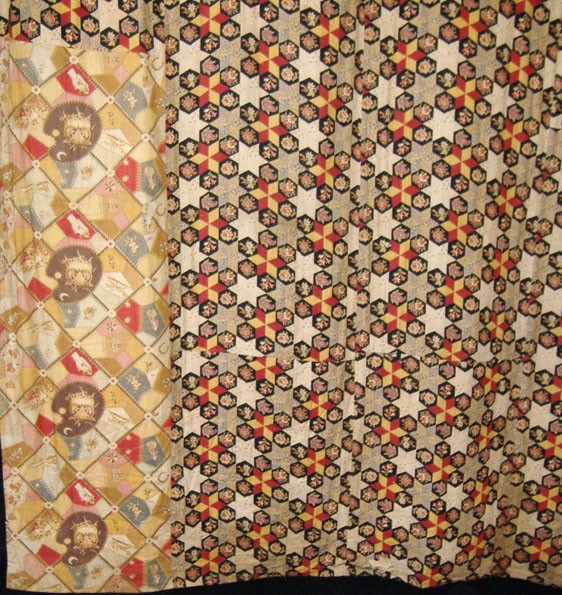
My sister continues to shovel as additional snowstorms come her way. However, I’m so thankful that Spring is coming to my area. Jonquils and narcissus are blooming with the magnolia tree showing color, which means that it’s time for a Spring update. My quilt designs are definitely turning springlike with birds, blooms, and butterflies. So, stay tuned to Saturday Sampler to see more of those. I’ll also be adding some Spring colors in reproduction fabric (vintage and new) to the Etsy shop to help with these Spring designs. The Triplett Sisters Block of the Month is full of birds and blooms with some choosing to add butterflies. We’re just getting started on this BOM and everyone is invited to work at their own pace, so please don’t hesitate to join us. You will also see this...





